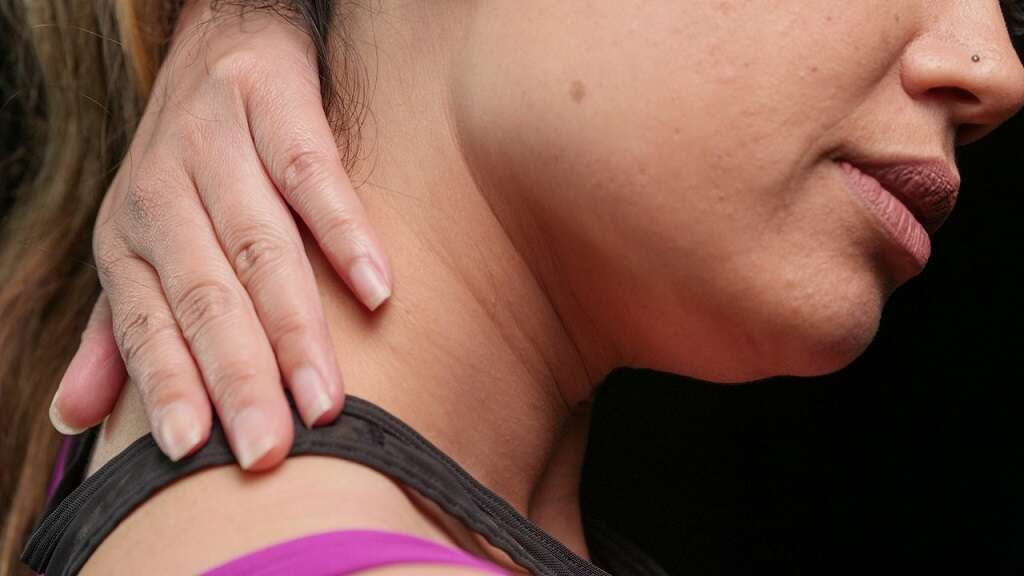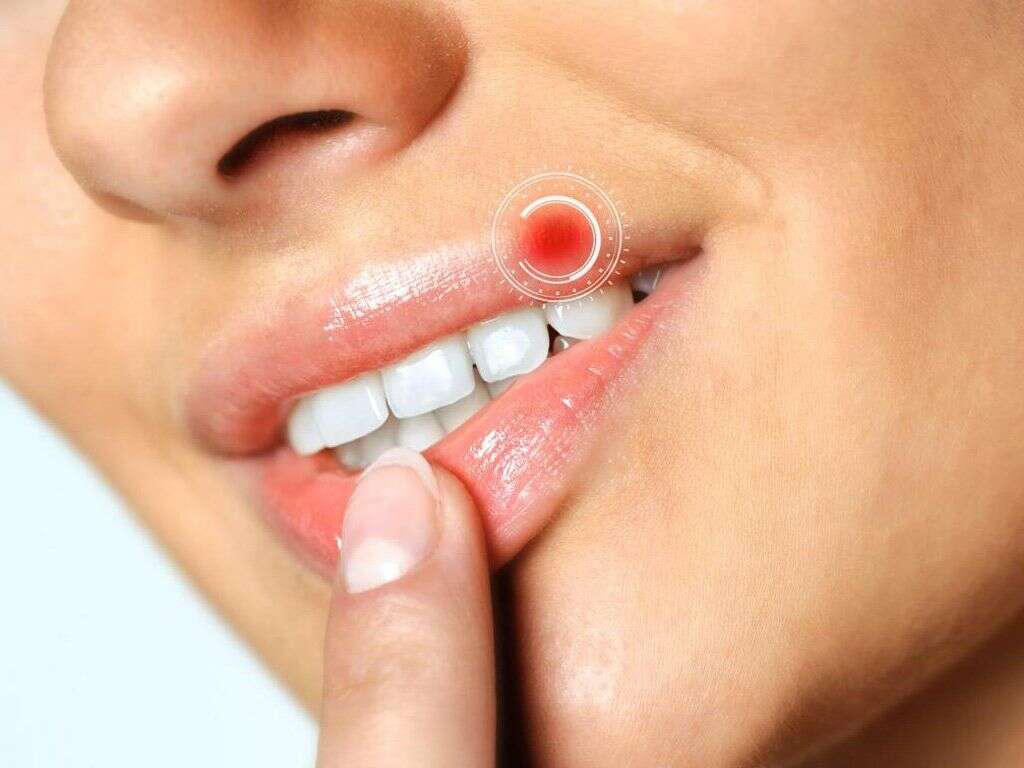10 Herpangina Symptoms
 Article Sources
Article Sources
- 1. 'Default - Stanford Children's Health.' Stanford Children's Health - Lucile Packard Children's Hospital Stanford, www.stanfordchildrens.org/en/topic/default?id=herpangina-90-P01855
- 2. 'Herpangina: MedlinePlus Medical Encyclopedia.' MedlinePlus, U.S. National Library of Medicine, medlineplus.gov/ency/article/000969.htm
- 3. 'Herpangina.' Ada, ada.com/conditions/herpangina/
- 4. Corsino, Carlin B. 'Herpangina.' StatPearls /[Internet/]., U.S. National Library of Medicine, 7 May 2021, www.ncbi.nlm.nih.gov/books/NBK507792/
- 5. 'Febrile Seizures Fact Sheet.' National Institute of Neurological Disorders and Stroke, U.S. Department of Health and Human Services, www.ninds.nih.gov/Disorders/Patient-Caregiver-Education/Fact-Sheets/Febrile-Seizures-Fact-Sheet
Herpangina is a childhood illness that sometimes infects adults. The condition is most common in young children between the ages of 3 and 10, but it might still occur in babies. Herpangina symptoms may vary depending on the exact virus. Most cases are seen in the summer and fall.
The most typical viruses that cause the condition include Coxsackie viruses A and B, echovirus and enterovirus 71. Children with herpangina can experience blister-like mouth bumps, headaches, and a sudden high fever that can scare parents. However, most cases are mild and symptoms go away in a week.1‘Default - Stanford Children’s Health.’ Stanford Children’s Health - Lucile Packard Children’s Hospital Stanford, www.stanfordchildrens.org/en/topic/default?id=herpangina-90-P01855,2‘Herpangina: MedlinePlus Medical Encyclopedia.’ MedlinePlus, U.S. National Library of Medicine, medlineplus.gov/ency/article/000969.htm
Mouth Blisters
The first noticeable signs of herpangina are blisters or sores inside the mouth. These may begin as small bumps on the roof of the child's mouth and the back of the throat. These blisters then turn into ulcers. Most children will have sores with a white to whitish-gray base and a bright red border.
Many people with herpangina only have a few ulcers. These lesions might be painful to the touch. Herpangina is highly contagious. Hand-washing is important for children and adults with the virus to prevent the spread.3‘Herpangina.’ Ada, ada.com/conditions/herpangina/

Headache
Adults and children with herpangina symptoms describe a painful headache. Older patients may report head pain with a stiff neck. The headache should stop within seven to 10 days.
Over-the-counter medicines, such as NSAIDs, may help manage the discomfort. Additionally, pay attention to signs of dehydration, which can also cause a headache. A high fever can cause a child to dehydrate. Always drink plenty of non-caffeinated fluids to prevent dehydration.4Corsino, Carlin B. ‘Herpangina.’ StatPearls /[Internet/]., U.S. National Library of Medicine, 7 May 2021, www.ncbi.nlm.nih.gov/books/NBK507792/

Sudden Fever
Herpangina symptoms might be scary for parents because of how fast the fever associated with this disease rises. Children with the viral infection may see a temperature as high as 106 degrees Fahrenheit.
Contact a physician for infants under three months with a temperature of 100.4 degrees Fahrenheit, and children of any age with a fever over 104 degrees. To reduce temperature, give the child acetaminophen or ibuprofen, not aspirin.

Mouth and Throat Pain
The sores or blisters inside the mouth and on the throat can lead to pain that's similar to a sore throat. Depending on the number of lesions on the roof of the mouth and back of the throat, the pain can be severe.
Parents might be able to manage the discomfort with over-the-counter medications, such as acetaminophen or ibuprofen. Also, keep the throat wet to reduce discomfort and prevent dehydration.

Drooling
Drooling is a herpangina symptom more common in infants. This sign shouldn't concern parents. It's the natural reaction to mouth blisters. Depending on the number of sores, the infant may drool a little or a lot.
To manage the drooling, regularly wipe around the mouth to prevent a facial rash. Most infections clear up in about a week. If the drooling is excessive, speak with a medical professional to rule out other causes.

Reduced Appetite
Viral infections typically reduce appetite. Additionally, the other herpangina symptoms play a role in limiting hunger. For example, sores in the mouth and throat can make it painful to eat certain foods and fever may induce nausea and vomiting, significantly reducing appetite.
Don't force children to eat. However, encourage them to drink warm broth and eat bland foods, such as crackers. Also, offer plenty of fluids to keep them hydrated.

Vomiting
Vomiting can be associated with viral infections. It may occur with nausea and a high fever. To manage gastrointestinal symptoms, parents and caregivers should limit eating options to bland foods to help children get the necessary nutrients while their body fights the infection.
In addition to paying close attention to the food children ingest, increase water intake to reduce the chances of dehydration, which is more common with a fever and vomiting.

Neck Pain
Although herpangina symptoms are usually mild and go away with home care in seven to ten days, patients can experience significant pain. The discomfort isn't limited to mouth blisters and headaches.
A typical complaint is neck pain, which may radiate to the lower back, making the child or adult with herpangina uncomfortable as they work to recover from the infection. The pain might result from a fever or regular vomiting.

Febrile Seizures
Young children who are dealing with herpangina can experience a fever that goes as high as 106 degrees Fahrenheit. It's vital to seek immediate medical attention with a fever over 104 degrees.
This temperature may cause febrile seizures, which usually only last a few minutes but can be frightening. Symptoms can include loss of consciousness, eye-rolling, stiff limbs and uncontrollable shaking. For febrile seizures that last over five minutes, call 911.5‘Febrile Seizures Fact Sheet.’ National Institute of Neurological Disorders and Stroke, U.S. Department of Health and Human Services, www.ninds.nih.gov/Disorders/Patient-Caregiver-Education/Fact-Sheets/Febrile-Seizures-Fact-Sheet

Meningitis
Although rare, children with herpangina may develop complications, such as viral meningitis. Symptoms of meningitis include fever, neck pain and stiffness, sensitivity to light, lethargy, headache, reduced appetite and nausea and vomiting.
However, mild cases of viral meningitis can resolve without medical attention in seven to 10 days. Management includes plenty of rest, fluids, and over-the-counter NSAIDs, such as acetaminophen or ibuprofen. Patients with concerns should contact their doctor for further examination.










